The NTT IndyCar Series introduced its long-developed hybrid system in the middle of the 2024 season, with the first race weekend featuring the new components being the race at Mid-Ohio. The series returns to rural Ohio this weekend, marking one full year with the system in place.
With 18 races having been completed in the year since it was introduced, Motorsportweek.com looks back at how the electrified system has performed so far.
Learning on the fly
There was a long lead time on IndyCar’s implementation of hybrid power, with the series choosing to develop its own version of an electrified power source. IndyCar worked closely with MAHLE to develop a supercapacitor system that sits within the bellhousing at the rear of the existing chassis, then completed the final steps in-house with the help of Honda and Chevrolet.
Despite actively developing the electric power solution since before the 2022 season, it was the middle of 2024 before the new components were used in a race weekend. Multiple delays pushed the implementation date back, including supply chain issues, reliability issues, and even a decision to abandon a new 2.4-liter combustion engine that was originally part of a single upgrade package with the hybrid unit.
IndyCar’s larger teams helped test the hybrid system on track, and the smaller teams were only able to sample the near-final spec a couple times before they were tasked with running the components at a points-paying event.
Last year’s race at Mid-Ohio Sports Car Course in early July was when all the development and testing efforts were put to the test. Teams fitted the weighty components to their cars and sent drivers out on track to report back on how the system fared in a high pressure situation.
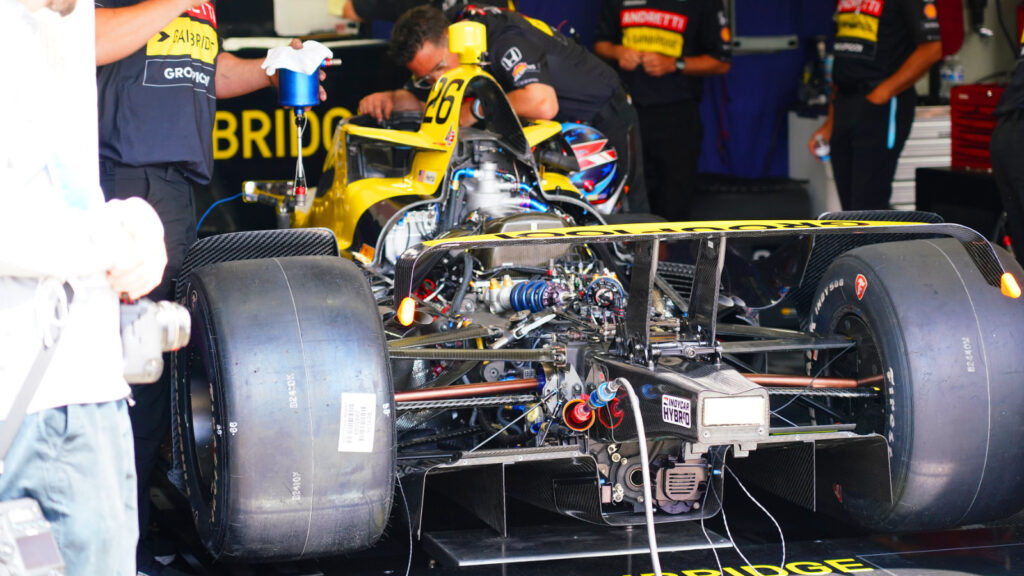
Not only did drivers have to adjust to the added power, and decide where was the best location best suited to deployment, but they also had to adjust to a different feeling car. The added weight of the system, nearly 100 pounds, is located near the rear axle and changed the balance of the open wheel cars dramatically.
Ahead of Sunday’s event, opinions were all over the place regarding how the system would hold up and what kind of benefit would be seen.
Teething issues
Unfortunately, that first weekend at Mid-Ohio was not completed without flaws. On the formation lap ahead of the green flag, Scott Dixon’s Chip Ganassi Racing Honda came to a stop on track. The hybrid system had erroneously drained every bit of electrical charge from the car, causing it to lose drive and become stranded.
Dixon’s car was removed from the track and taken back to the garage area for diagnosis. With the help of the series, which had an interest in minimizing problems from their new technology, Dixon was able to return to the track with a repaired hybrid system.
He still only completed half the allotted race distance and finished in last place, well below his 13th place qualifying position.
Other isolated issues plagued the system in the ensuing races as well, including a technical problem at Iowa Speedway that prevented the system from engaging after some cars left pit lane.
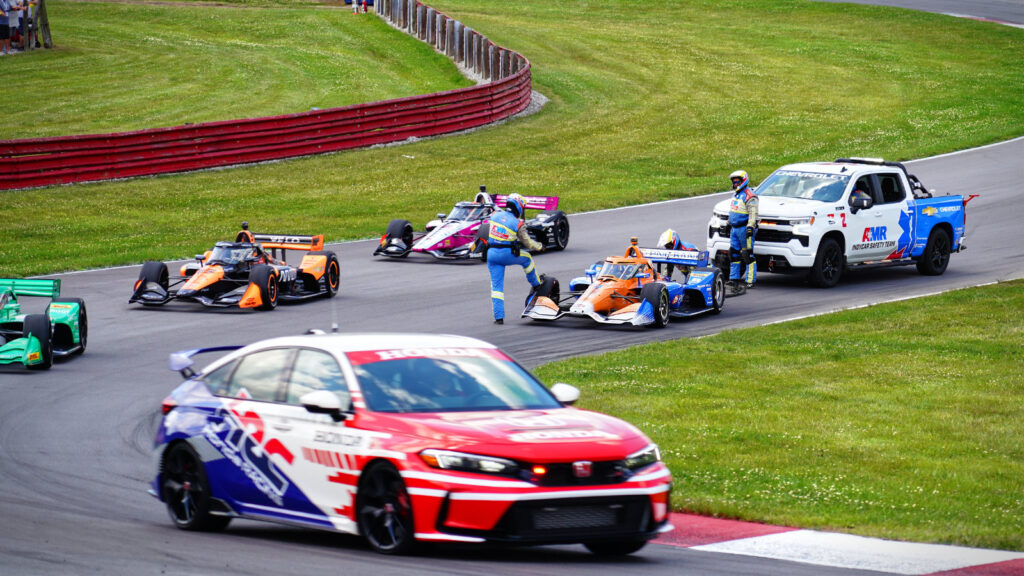
The issue mainly affected qualifying, but led to a contentious decision from race control that would have allowed Colton Herta to qualify a second time because of problems with his hybrid. His team ultimately did not send him out a second time, perhaps avoiding further objections from his competitors.
Even with the benefit of a lengthy offseason to address lingering concerns, drivers once again come across problems with the hybrid during this year’s race at The Thermal Club. Intense heat caused some units to overheat, and some drivers reported running approximately half the race with no hybrid boost available.
Despite the isolated issues outlined above, the hybrid introduction has been largely successful from a technical standpoint. The supercapacitor-based system has proven viable in all manner of situations, including during the Indianapolis 500 when the eyes of the world were tuned into the action.
Minimal observable impacts
Perhaps the largest problem with the hybrid implementation has been its relative invisibility. As soon as the system was fitted to the cars, fans realized they were hard pressed to notice any difference at all.
While having the supercapacitors tucked away inside the chassis is a great technical achievement, there is no part of the system visible once the car is assembled. This largely includes when fans are in the garage area watching the mechanics work, with the access to do so a big selling point of IndyCar.
Even drivers have reported that the entire endeavor hardly seems worth the time and trouble. Near the end of the 2024 season, the always vocal Pato O’Ward stated, “I would say it hasn’t been a massive change in terms of what we need to do in the car. Obviously there’s more times we need to click this button. I think the racing has taken a big step down.”
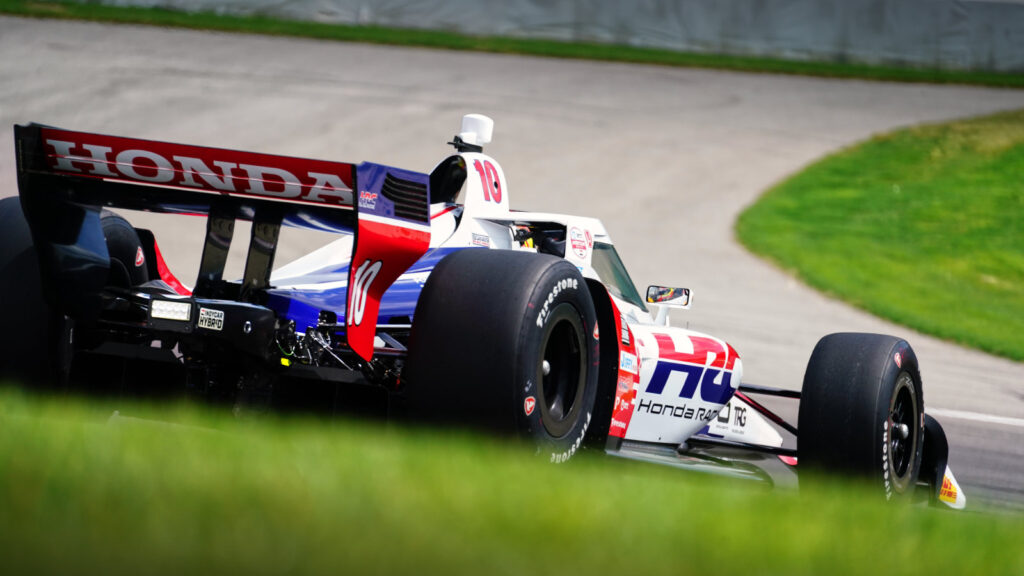
Others would argue that the result has very much been worth the effort, however. Bringing road relevancy to a racing series is a necessary step in modern times as sponsors look for direct connections to their public facing products.
There was also the need to satisfy existing partners, with Honda reported to have set an ultimatum for hybrid implementation after multiple delays pushed the timeline back. Such relationships are incredibly important to the series, and getting the product across the proverbial finish line has helped keep them in good standing.
Though the observable impacts of the hybrid system may be small on a day-to-day basis, the overall health of the series has been improved on account of its largely successful implementation.
The next major undertaking is a completely new chassis and a revisit of the idea of a combustion engine with larger displacement. Those changes are set to come in 2028, with a variation of the current hybrid systems fitted inside as well.

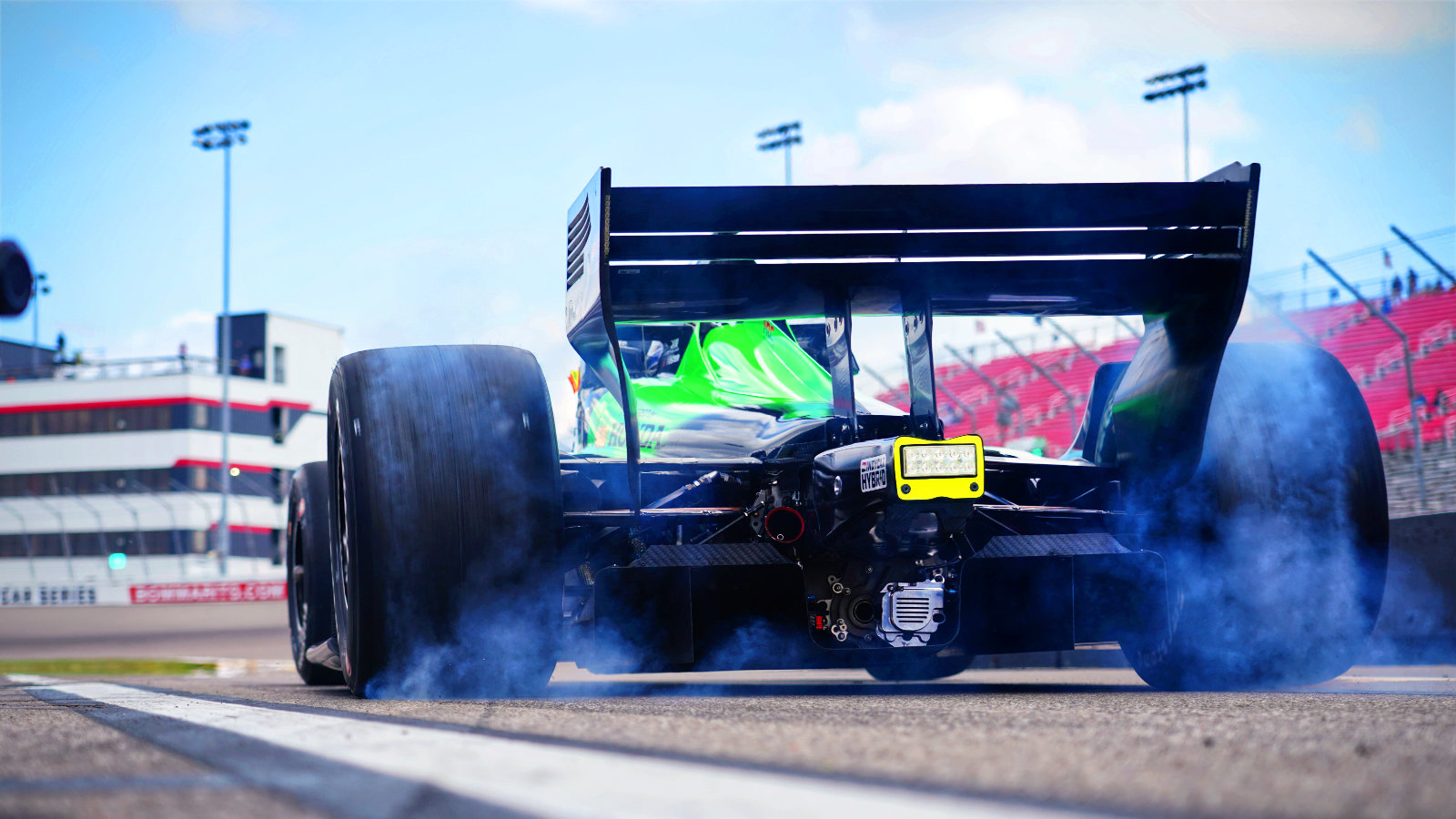


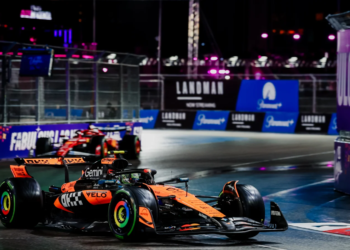
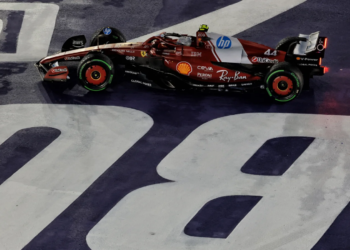
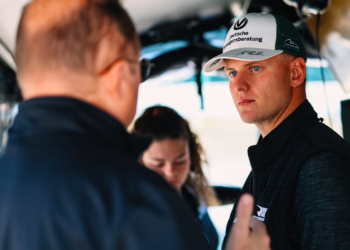


Discussion about this post